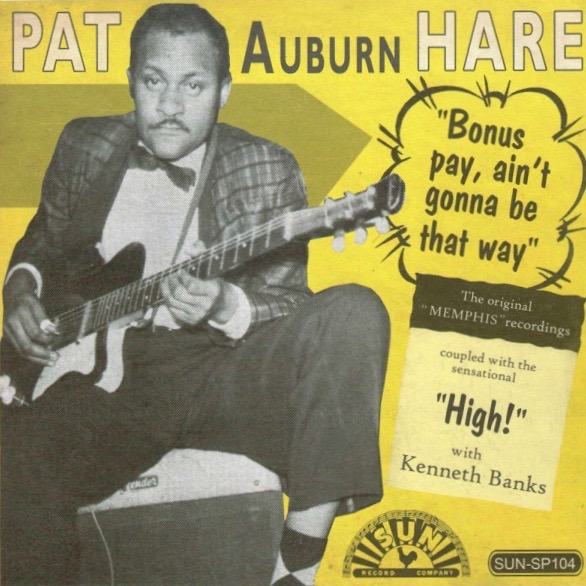Black Haven
We will find another road to glory!!!
An Answer to the Immortal Question: Who Invented Heavy Metal?So to find out where the genesis of this demonic prince of a genre began is a tricky task. “No music exists in a vacuum,” Lefevre wisely muses. “Instead music growth is a slow-moving [hell]beast building on years and decades of development.” However, could there have been a flashpoint, one artist or song who created that new tangent, a tangent that broke away from rock and started headbanging down a new, infernal path of destruction?
To start off on this complicated chthonic journey Lefevre first looks at the early history of the genre, and goes beyond where most people can agree the genre originated from, the 1960s, and looks to the generation who influenced many of those 60s musicians. And those were the blues musicians, particularly the 1950s Memphis blues musicians, like Joe Hill Lewis and Pat Hare, who began experimenting with heavier distortions in their music.
Lefevre picks out the track “Cotton Crop Blues” by James Cotton as a good example of this. Along with the heavier sound, they also began writing lyrics on more morbid subject matters, which is also a trait of heavy metal.
Lefevre then traces the distorted sound of the Memphis blues musicians to the surf rock music of early 1960s America. One aspect this movement added to the heavy metal arsenal, was the use of fast-picked guitars. Then, after these foundations were laid, it was the later 1960s rock groups, many from the UK, that then started really building the demented, accursed path towards metal. As the video notes, many of these groups were inspired by the “grit of American blues.
Fun fact a white English tourist reminded me of this historical knowledge a few days ago.


